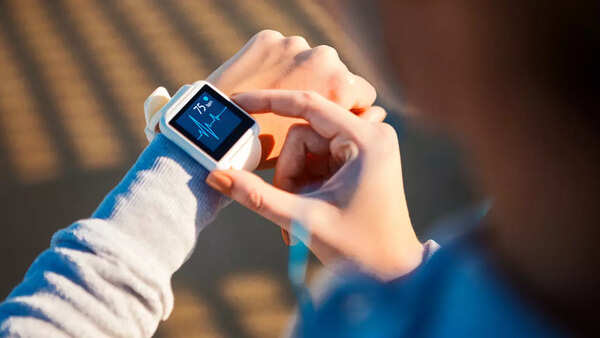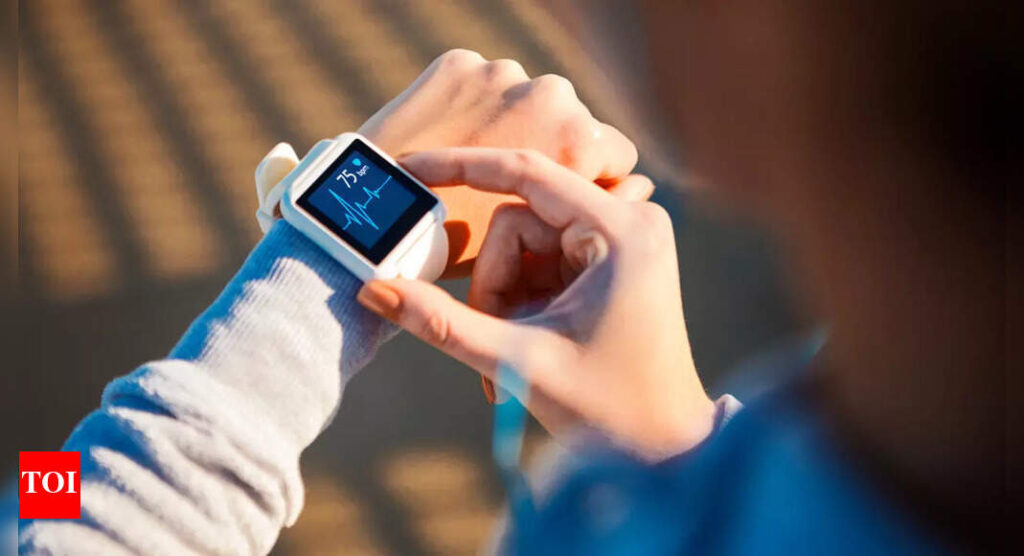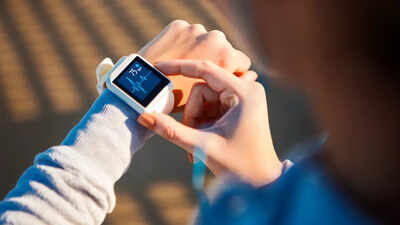In the United States, a person dies from a heart attack every 40 seconds. It is also the leading cause of death in the United States. According to the CDC, 702,880 people died from heart disease in 2022. This is equivalent to 1 in every 5 deaths. When it comes to detecting and treating heart attacks, every second counts. What if a wearable gadget can detect heart attacks? Imagine the millions of lives it could save. Scientists have developed one such device, after all!
A team of engineers at the University of Mississippi has developed a wearable device that could detect heart attacks in real time. This could be a huge breakthrough in the medical field, and the engineers reveal that the wearable device can identify heart attacks faster and more accurately than traditional methods. The study is published in Intelligent Systems, Blockchain and Communication Technologies.

The new technology, designed in the lab of electrical and computer engineering assistant professor Kasem Khalil, could improve heart attack detection methods without sacrificing accuracy. “For this issue, a few minutes or even a few extra seconds is going to give this person the care they need before it becomes worse. Compared to traditional methods, our technology is up to two times faster, while still highly accurate,” Khalil said in a statement.
“Our target was not only to increase performance for classifying heart attacks. We are also focusing on the design. If we want to make this device a usable machine for any person, that means it has to be something lightweight and economic,” he added.
Heart diseases, which are a collection of underlying conditions, can lead to a heart attack, and early detection reduces the chances of undesired results. To develop the tech, the engineers used artificial intelligence and advanced mathematics and design a chip that can analyze electrocardiograms (ECGs), which are graphs of the heart’s electrical signals, and detect a heart attack in real-time. The new wearable device that Khalil and his team developed is lightweight and energy efficient, and also 92.4% accurate, which is higher than many methods that currently exist.
“We wanted to be able to implement this in a way that is real. This is portable hardware that can be in wearable or monitoring devices. This method will save lives because we can monitor the heart in real time,” Tamador Mohaidat, a doctoral student in Khalil’s lab and co-author of the study, said.

“Some labs only focus on the software part, and they don’t think about the hardware that’s needed. But in our lab, we focus on the whole product. Each of us has a responsibility, but we work together. That’s how we optimize the whole system, by focusing on the overall architecture,” Md. Rahat Kader Khan, a second-year computer engineering graduate student from Dhaka, Bangladesh, who built the software, said.
At present, heart attack detection often happens in a medical facility, where the person must first go through an electrocardiogram or blood tests to diagnose the condition. The new tech, on the other hand, can slash this diagnosis time, and the patients could get treated faster.

“When a patient is having a heart attack, the sooner you can treat them, the less likely they are to have permanent damage. There’s a huge time-sensitive element to heart attacks,” Khalil said.


